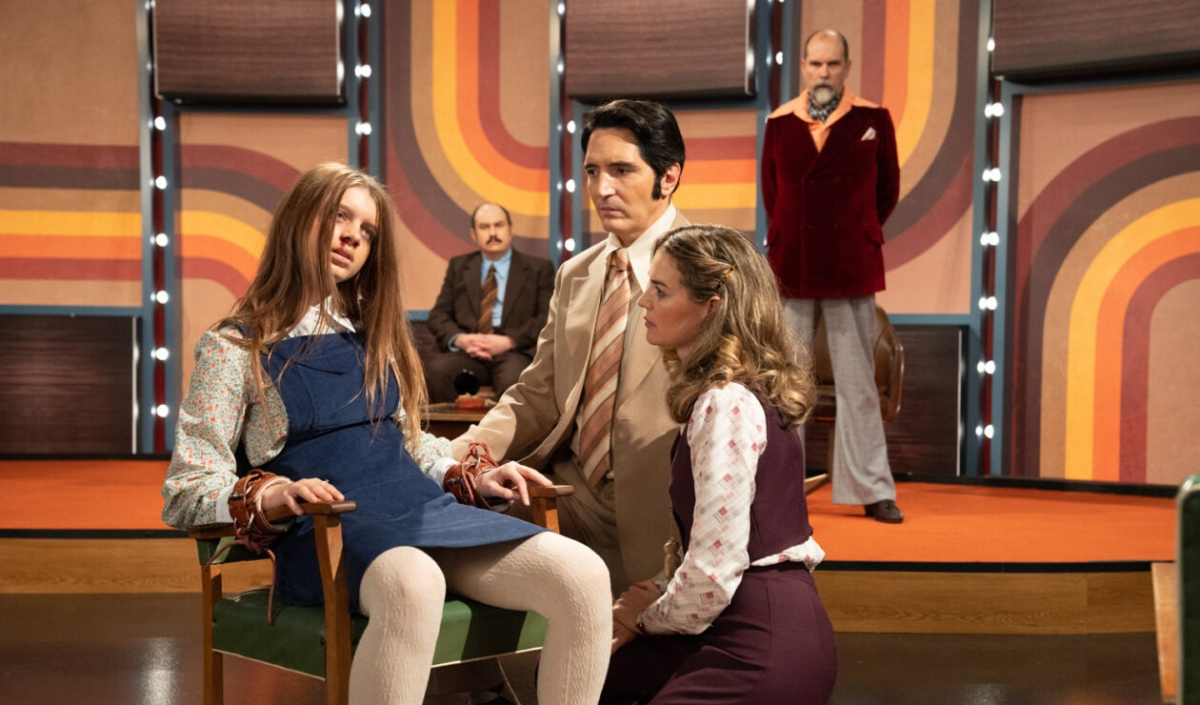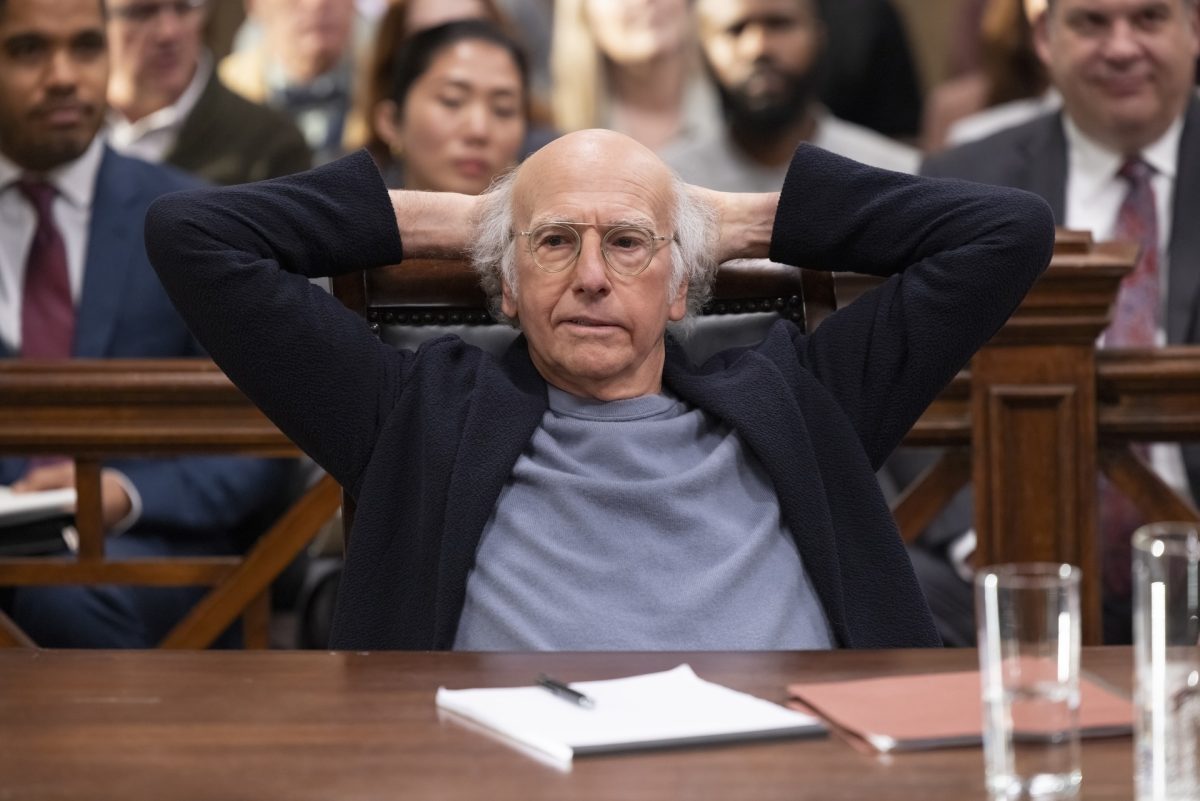Having a gay or lesbian young person share their struggles of acceptance with their community can be one of the most rewarding experiences, if they are brave enough to do it, said John Livingston, the board of directors president for the Austin Gay and Lesbian International Film Festival.
”After all, we can’t expect people to include us if we don’t include them,” he said.
The Austin Gay and Lesbian International Film Festival, in partnership with Out Youth and Austin School of Film, offers a select group of teenagers the opportunity to build a relationship with the community through filmmaking in a program called the Queer Youth Media Project.
“For me, it is taking a young person who is interested in film — they don’t have to want to go to film school, they don’t even have to be gay or lesbian — and teaching them how to tell their story and get it in front of an audience,” Livingston said. “And film and cinema is such a great way to do that. A picture tells a thousand words, a moving picture tells millions of words.”
The students learn everything from filming and cinematography to scripting and editing to marketing their film to various festivals. They also get to screen their work at South by Southwest and the Austin Gay and Lesbian International Film Festival.
“Ultimately, I hope it helps someone who doesn’t know if it will be okay, and I hope it’ll speak to them that it will be [OK] and that they don’t have to be forced into stereotypes or act certain ways,” said Reuben Atkins, one of the three participants in this year’s project.
The Queer Youth Media Project was largely revamped about three years ago by the program director at the time, Jake Gonzales. As someone who learned to make films in high school, he was excited about the opportunity to educate young people about film and taught around half the classes while he was there.
“The films made the first year were so eye-opening for our audience. A lot of people in the GLBT community think that our young people have it easier,” Gonzales said. “But what someone who came out in their late 20s doesn’t understand is that it’s just as hard. It’s a whole different set of problems. And those films, in a very unique way, showed the audience what the youth were actually going through.”
This year, the short films will be edited into a compilation to be shown with a feature documentary film called “This is What Love in Action Looks Like” about a young man forced to attend camp to “fix” his sexuality. The screening is free and open to the public but will be especially relatable and relevant to a young audience.
“Showing the Queer Youth Media Project to a teen audience provides a safe harbor to them and their peers and gives them a healthy environment in which they can be themselves,” Livingston said. “What I hope the audience gets out of this is that they aren’t alone.”
This year’s QYMP group, while smaller than normal with only three participants, took an approach that groups before had not taken — expressing their stories in a more artistic and metaphorical manner. Participants Atkins, 17, and Mariah Steele, 16, created films centered on the troubles they have not only faced but also overcome.
“I filmed a short on my own about doors. I’ve always seen doors as intimidating, so I wanted to use that as a symbolic coming out type of thing,” Steele said. “It shows what I have gotten past, being shut out of doors like being shut out of different groups of people.”
However, Livingston expressed that a recurring message of this year’s festival was community and how there is a growing sense of it in Austin between the GLBT community and its allies.
“It should be a very affirming experience to be put on equal footing with a full-on filmmaker,” Livingston said. “And that’s kind of what it’s about, boosting these young people and teaching them that they shouldn’t be afraid to tell their stories.”
While QYMP and AGLIFF pertain to a specific genre of film and a specific group of people, both Livingston and Gonzales express a desire for Austin to look past that.
“I think what the project taught me most was that GLBT youth aren’t really all that different from regular youth,” Gonzales said. “Regardless of how any youth identifies, what they ultimately need is the love and support from not only family and friends but also from their community. And to know that someone is loved and accepted by their community is just about the message that any youth can get.”
Printed on September 8, 2011 as: GLBT youth portray struggles through film




















